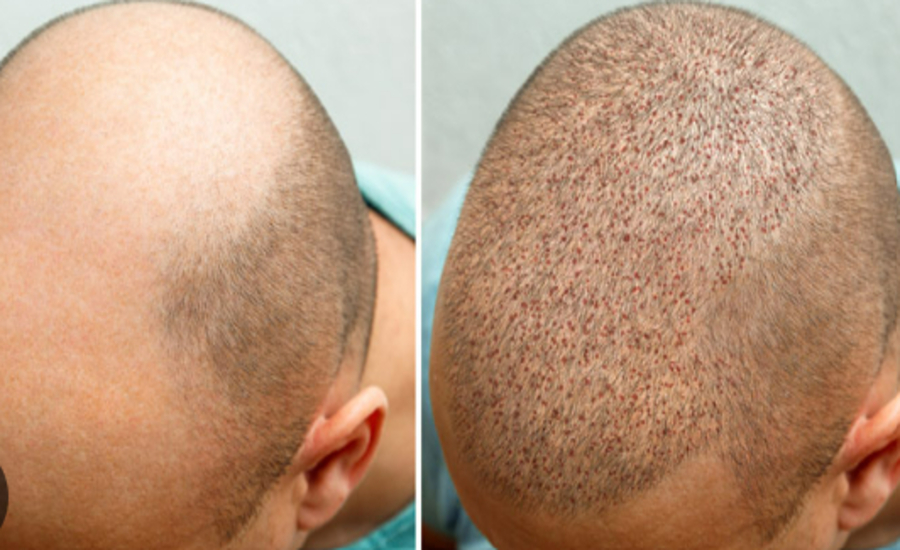Recovering After a Hair Transplant: What to Expect
If you’re planning a hair transplant Istanbul, or elsewhere, understanding the recovery process is essential for a successful outcome. While hair transplants are minimally invasive, they still require a period of healing and post-operative care to ensure optimal results. Knowing what to expect during recovery can help you prepare and set realistic expectations. Here’s a breakdown of what you can expect after your hair transplant.
1. Immediate Post-Procedure Symptoms
Immediately after your hair transplant, you may experience some common symptoms such as mild swelling, redness, and sensitivity in both the donor and recipient areas. This is normal and typically subsides within a few days. Your surgeon may provide you with medications to manage discomfort and reduce any swelling.
For those opting for a hair transplant in Istanbul, clinics often provide aftercare packages that include medications and products to assist with recovery. Make sure to follow the post-operative instructions closely to avoid any complications and promote healing.
2. Scabbing and Crusting
Within the first few days, small scabs may form around the transplanted hair follicles. These scabs will begin to flake off after about a week or so. It’s important not to pick at the scabs or touch the grafted areas excessively, as this could dislodge the newly transplanted follicles.
You’ll likely be advised to gently wash your hair after a few days to help remove the scabs, but always follow your surgeon’s specific instructions. Whether you’re recovering from a hair transplant in Turkey or anywhere else, proper aftercare is key to ensuring the survival of the grafts.
3. “Shock Loss” and Hair Shedding
A common occurrence during the recovery process is “shock loss,” where the transplanted hair falls out within the first few weeks. While it may be concerning, this is a normal part of the process. The roots of the hair follicles remain intact, and new hair will begin to grow in their place over the next few months.
New hair growth typically starts around 3-4 months post-surgery, and you can expect significant visible results within 6-12 months. The final results may take up to 18 months to fully manifest, so patience is crucial during this period.
4. Return to Normal Activities
One of the benefits of modern hair transplant techniques like Follicular Unit Extraction (FUE) is the quick recovery time. Most patients can return to work and normal activities within 1-2 weeks. However, you should avoid strenuous physical activities, heavy lifting, or anything that might strain the scalp for at least a few weeks post-surgery.
If you’re traveling for a hair transplant in Istanbul, most clinics provide detailed instructions on how to care for your scalp during the recovery period. You may also be advised to avoid direct sun exposure or wear a loose-fitting hat to protect the grafts.
5. Long-Term Care and Results
Even after the initial recovery phase, proper care of your scalp and hair is essential for long-lasting results. Your surgeon may recommend specific shampoos, topical treatments, or medications to promote hair growth and protect the newly transplanted follicles.
It’s important to have follow-up appointments, whether in person or virtually if you had a hair transplant in Istanbul and returned home. These check-ups will help ensure that your recovery is on track and that your hair is growing as expected.
Final Thoughts
Recovering after a hair transplant is a gradual process that requires patience and proper care. Whether you’re recovering from a hair transplant in Turkey, Istanbul, or elsewhere, following your surgeon’s instructions and understanding the phases of recovery will help you achieve the best possible results. While it takes time for your new hair to grow in, the final outcome can be a significant boost to both your appearance and confidence.






